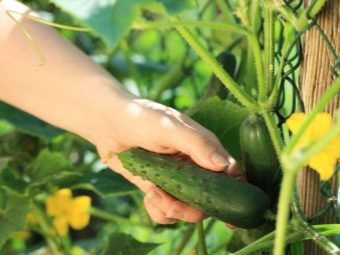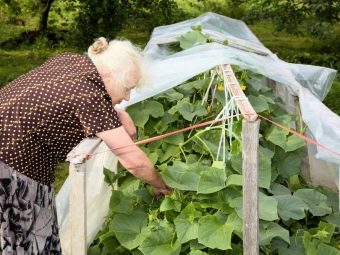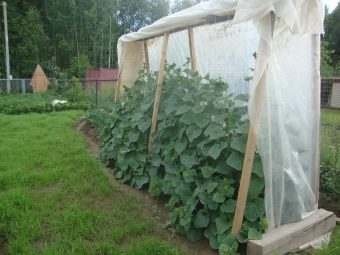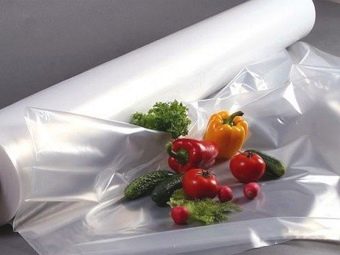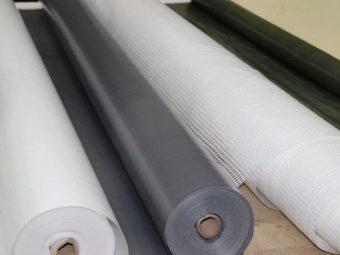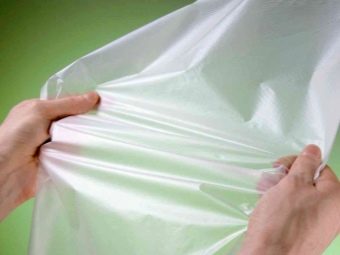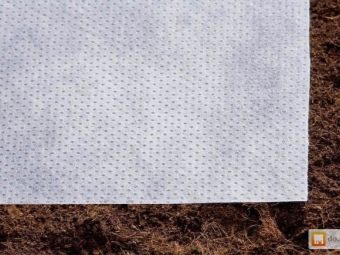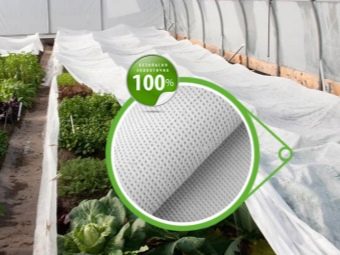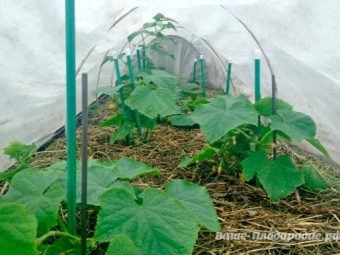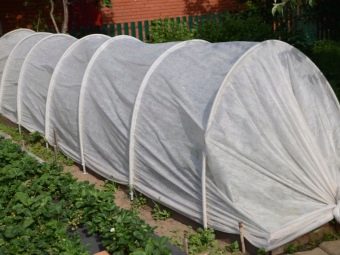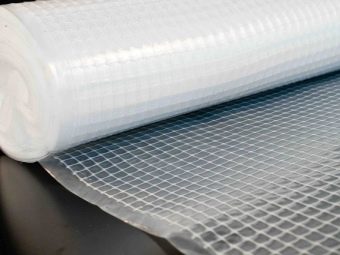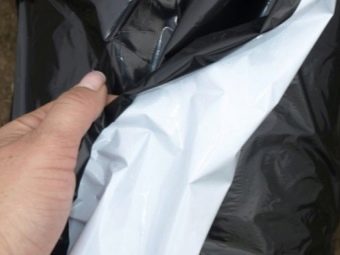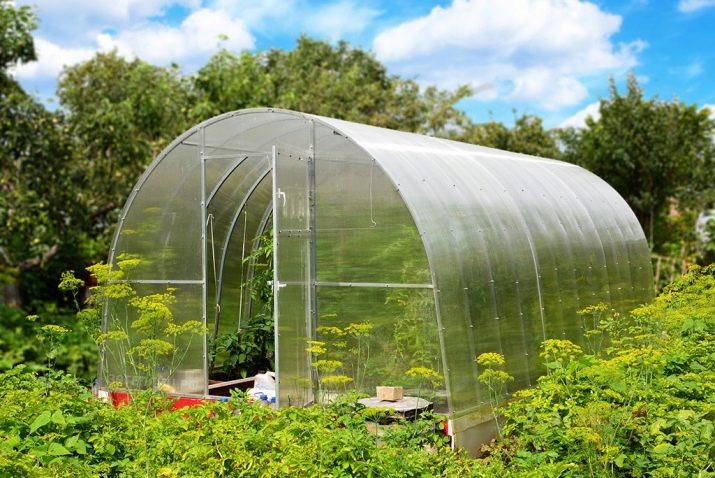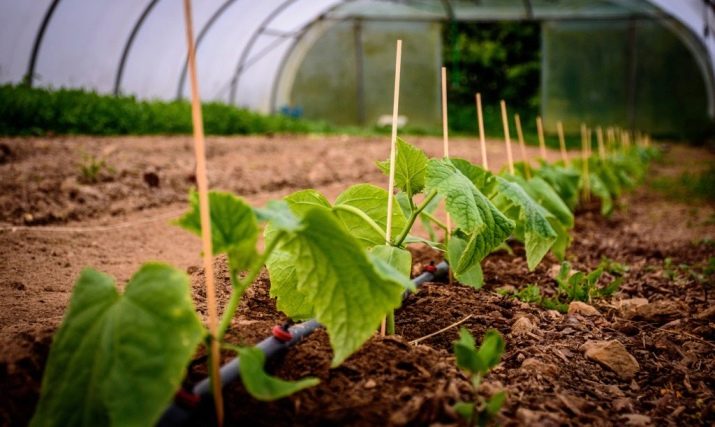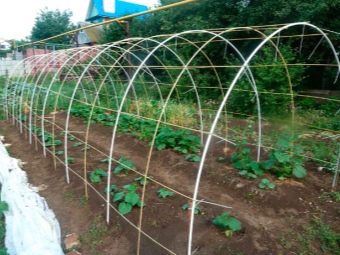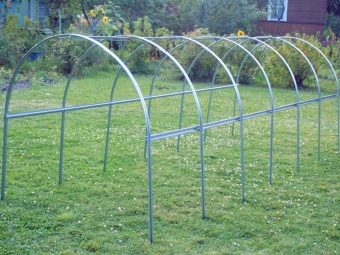Under which covering material is it better to grow cucumbers?
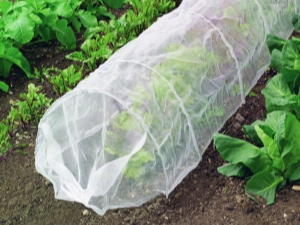
The severity of climatic conditions in Russia is forcing many gardeners to build greenhouses or put greenhouses.But this is a very expensive and complicated matter, so the desire to find an easier way, which is growing vegetables under a layer of covering materials, becomes natural.
General information
Planting cucumbers under a covering material is the most acceptable solution because this plant is extremely capricious. This is quite predictable, because cucumber was originally grown in hot tropical forests, where it is constantly damp and warm. Even in those regions that are considered warm by Russian standards, the cultivation of such plants is difficult and that is why they are trying to be planted under cover. Skillful use of modern technology allows to obtain stable yields almost everywhere. Moreover, inevitable in some cases, weather vagaries will not spoil them.
If the shelter is made according to all the rules of agrotechnology, in the middle of spring you can sow seeds or move seedlings to free ground. Let the frosts come back, they no longer pose any danger. As a result, the first collection is accelerated.
Additionally note the benefits of special shelters, such as:
- reduction of the damaging effects of sunlight;
- moisture retention in dry weather;
- prevention of invasions of various parasites and insects.
Varieties
When farmers understand that they, in fact, have no alternative to using a covering system, the next question is logical: what to apply? Now the solution to the problem is mainly:
- designs with a simple film of polyethylene;
- film with air bubbles;
- reinforced polyethylene type;
- polyvinyl chloride;
- non-woven material (spunbond).
The leading position in the market is occupied by an opaque canvas and film. They can even be combined with each other. In this case, the beds with the seedlings cover the canvas, stopping the destructive effects of cold and wind. Already on this canvas stretched film polyethylene. Now it is necessary to make out these options in more detail and clearly.
Polyethylene
Polyethylene films for plant cover are available in various designs. The main difference between them is due to the thickness of the protective material. There are options for 120, 200, 150, 30, 100, 60 microns. Unlike a number of other coatings, polyethylene with such parameters passes the sun's rays. It is distinguished by its elasticity and does not let in moisture from the outside, it does not collapse if the cold comes suddenly.
Should remember that when growing plants that are susceptible to direct sunlight, it is advisable to use film covers of different colors with a dispersing effect. The ability to cover the landing from frost directly depends on the density. But in any case, absolutizing this protective function is not worth it.
But the fact that a more dense film is also stronger, this is much more important.
A transparent material, with all its virtues, is easily damaged by ultraviolet rays, therefore, choosing it requires the preference of light-stabilized coatings.
Non woven
Not less popular than polyethylene, now has nonwoven spunbond. It allows you to form a shelter even without frames. This material does not harm the landings, is soft. Even with close contact does not deform the plants. Non-woven coating will miss the light, and air, and precipitation, but will not collapse itself under the action of ultraviolet radiation.
The strength of non-woven fabrics is well known, but not everyone knows that such material restores the structure, if it is stitched, glued. You can spunbond and wash. Water cucumbers permissible right from above, without removing shelters every time. This significantly reduces the complexity of care.
But it is important to understand that the canvas will give a good effect only if the basic requirements of agricultural engineering are met:
- the right choice of variety;
- normal warming up of the soil;
- selection of healthy seeds;
- accurate assessment of the required density of films;
- normal slope of beds;
- protection from animals and birds (which also tear mainly covering material to get to the plants).
Which is better?
The decision to shelter cucumber beds with their own hands logically flows in the search for an answer to the question - the better to shelter them? What is important, when answering it, it will not be possible to simply refer to the advantages and disadvantages of the two options already discussed above. If the goal is to save the vegetable from early frost, it is recommended to use a white spunbond stretched on arcs. Non-woven material with a density of 0.023 kg per 1 square meter is most suitable. m
The allowable variation in this parameter ranges from 17 to 30 g per 1 square meter. m. For full-fledged winter shelters in the form of greenhouses with arcs, materials of density from 42 to 60 g per 1 square meter are recommended. m
When arranging greenhouses, a film with multi-colored sides (white and black, respectively) also brings good results. The bright face should be at the top, it reflects the excess light, and the dark surface makes it difficult for weeds to live. When choosing a classic plastic film should be preferred to its reinforced varieties.
No other type of polyethylene will provide the same strength and resistance to mechanical damage. The reinforcing layer is located in the middle between the two main layers. Most often, a particularly strong film is also protected from ultraviolet radiation.
It is worth considering an alternative such as polycarbonate. It is difficult to find a more resistant to precipitation, wind gusts. Bacteria do not breed in polycarbonate, it is relatively light, mechanically strong and almost not inferior to glass in light transmission. Another important circumstance is that polycarbonate does not catch fire. Of the minuses, it can be called that it is unsuitable for layouts on the ground, it allows only the arrangement of permanent greenhouses and greenhouses.
Shelter and care technology
When preparing the beds in the open field, you should choose a well-lit and as warm as possible place, this is where the shelter will be easier to complete their task. The width of each strip is 0.7 m, and dig deep into the bayonet of the shovel. Be sure to sprinkle organic fertilizers, selected as needed, they are evenly distributed rake along with the top layer. Then formed landing furrows. A pair of ampoules of a liquid stimulating substance is dissolved in 10 liters of water at a temperature of 50 degrees and the area is thoroughly shed.
Too often, planting seeds is not worth it, just 1 for every 0.5 m. Watering covered cucumbers is needed every three days, only with warm water. At least once a week, if the weather is warm, shelter is raised to add light.
Feeding is usually started in May, but they must wait until the day’s air is not cooler than 20 degrees. The best top dressing for a sheltered vegetable is sodium humate: 30 g is diluted in 10 liters of water and 8 liters of the prepared solution is poured into 1 square meter. m of plants, and for additional fertilizer once a month introduce bird droppings.
To provide a complete shelter, it is required to put an arc support. And there should be several arcs at once, they are set at an equal distance from each other. Cover the canvas should be at night, covering it from the top with polyethylene, hanging down to the surface of the earth. These edges press down with bricks, boards, pipes without sharp parts. Then neither air gets inside, nor various animals.
The recommended height of the arches is about 1 m. With mild frost and no wind, when the sun shines moderately, a simple nonwoven fabric is enough to protect it. In the summer of polyethylene film is better to give up. But the protective canvas still have to be used in the heat to cover from the sun. Occasionally shelter set in the autumn months, if the early frosts began before the last harvest.
You can learn about the varieties of covering material from the following video.

